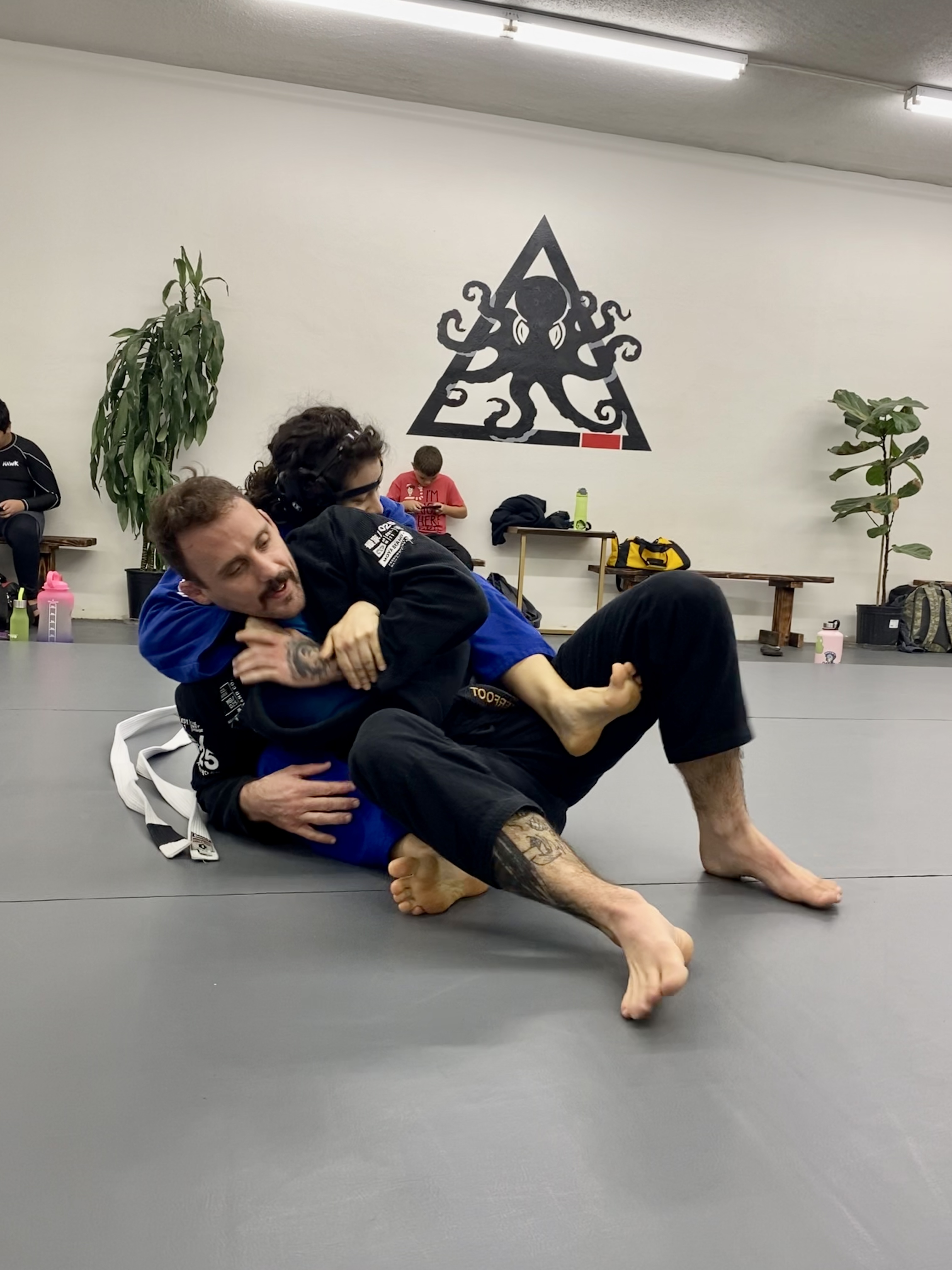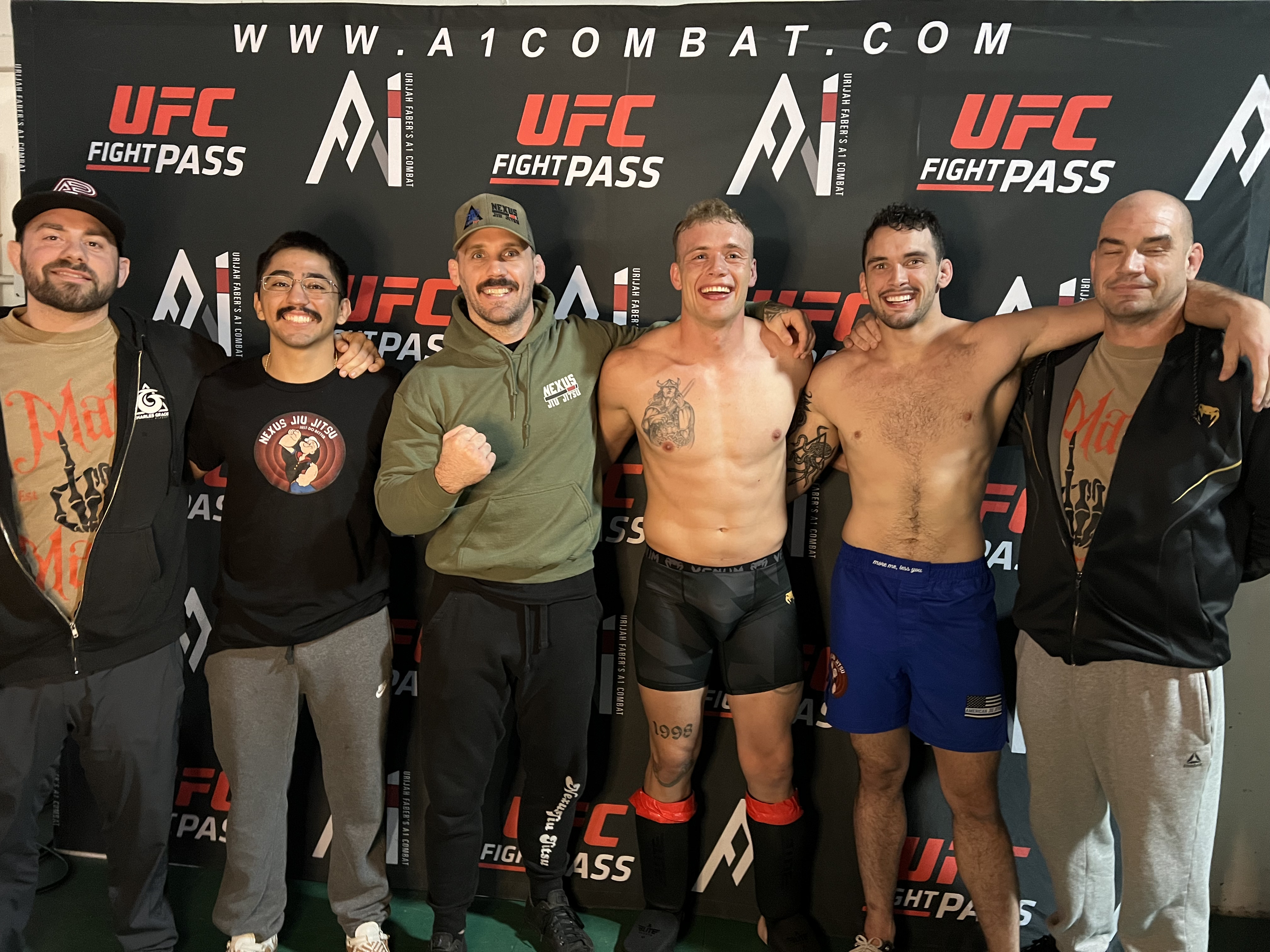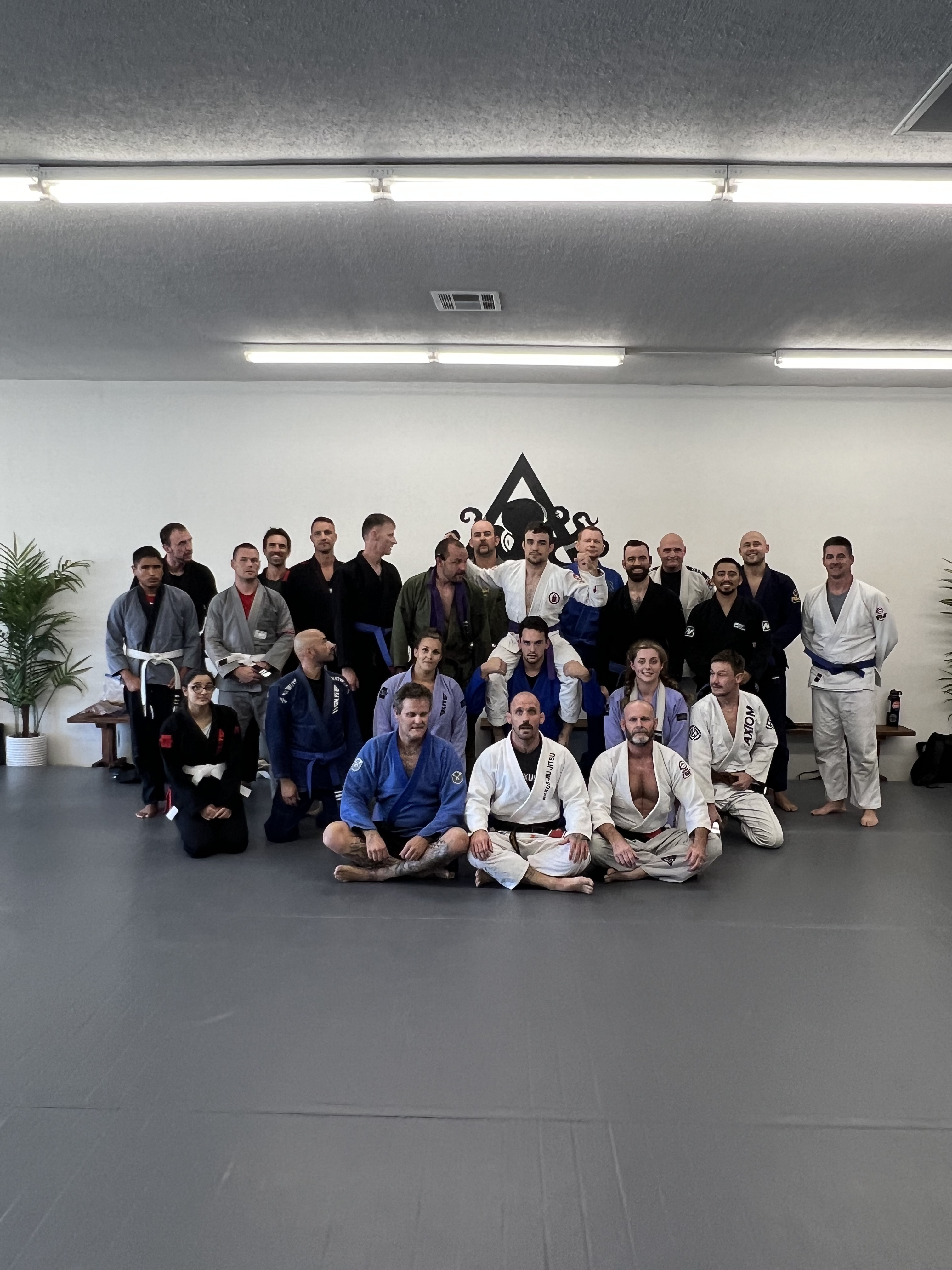THE #1 BRAZILLIAN JIU JITSU ACADEMY IN FOLSOM, CA
WHAT IS JIU JITSU
The Art of Jiu-Jitsu
There is a common theme throughout all of jiu jitsu that is literally seen in every gym and every person that has devoted a large portion of time to the art. That theme is that jiu jitsu is beautiful and that it saves people's lives. The art is very intimate and brings people close together. This art builds close relationships like no other art does due to the very nature of the art.
We must fully trust in our training partners daily. When someone sinks in a deep choke, I must be able to fully trust that when I tap out they will let go and respect my choice to give up. If I am in a deep joint lock and know that catastrophic injury is imminent I need to be able to trust that the moment I tap out, my training partner will release the lock.
This communication is what makes the art of jiu jitsu so much different from other martial arts and sports. It is the trust that we build in one another. Without the ability to trust our training partners to stop when we ask them to jiu jitsu would be no different from going to battle every day and truly trying to survive. Jiu jitsu is beautiful. Jiu jitsu is life-changing.
JIU JITSU CLASSES
6 DAYS PER WEEK
The premier Brazilian Jiu-Jitsu academy in Folsom, CA!
Why Train Jiu Jitsu

Coaching
The list of reasons for why people should train jiu jitsu is as extensive as it is personal, including:
Jiu Jitsu is a great way to get into shape while also learning a martial art.
Jiu Jitsu helps to build confidence while also creating connections with other people.
Jiu Jitsu is a way to build a life skill that can translate into a career option if that were the goal.
Jiu Jitsu forces people to live completely in the moment.
Jiu Jitsu is a great stress reliever and helps people to slow down their minds.
Jiu Jitsu helps shy people build confidence by teaching them self-defense and bringing them into close contact with others.
Jiu Jitsu teaches responsibility and respect for others.
Jiu Jitsu is awesome in the fact that there is very little kinetic energy contact like there is seen in the sports of boxing or the art of karate, which means that it is much more doable to train several times a week if not daily and not suffer the same amount of potential injuries as in these other sports.
Jiu Jitsu is much more logical in most self-defense scenarios, especially those scenarios that have one offender, because 90-95% of all violent interactions end up on the ground or in grappling distances.
OUR MOTTO
Make difficult things seem easy.
Background of Jiu Jitsu
The short definition of jiu jitsu is a grappling art focused on using superior angles and positioning to control opponents as well as apply devastating joint lock attacks and strong chokes that can render opponents broken or unconscious.
The long definition is as follows. Brazilian jiu jitsu is an art that stems from Japan. Japanese jiu jitsu is a martial art developed for battle. The art had strikes, weapons, throws and a small amount of ground work and submissions. Basically, jiu jitsu is judo with weapons and strikes.
Jiu jitsu initially catered to larger individuals who had more power and size. Through the use of brute force with the throws, weapons and strikes smaller warriors weren't as efficient in the art. A few Brazilian men went to Japan to study the art. They were smaller individuals. They struggled with the art because of the size discrepancies. When they went back home to Brazil they decided to refine the art around their smaller statures. They took the weapons out of the art and made it a primarily ground fighting art.
The Brazilian form of jiu jitsu developed the concept of using leverage and the strongest parts of the human body against weaker parts of other people's bodies to sufficiently remove the discrepancy between smaller people against larger opponents.
The Brazilians had another concept which was the belief that surviving a fight meant winning. So, they weren't always about outright victory by defeating opponents.
Another change that came about was that they made the art a more aggressive and offensive style of fighting. They began to focus a lot more on the ground fighting aspect of the art to cater to smaller people who may be easily knocked down to the ground. This is why Brazilian jiu jitsu is great for smaller people and/or women. The martial art quickly became less about honor in battle and more about winning street fights between other local Brazilian fighters.
Eventually, competitions sprung up and the sport aspect of the art came to life. The sport jiu jitsu competition scene really changed the art. A lot of the self-defense, combat brutality and fundamental concepts of the art have been lost in more competition-oriented schools around the world.
The good thing about the transition to a less brutal, more sport-oriented type of martial art is that it has opened up the potential jiu jitsu training demographic to a much larger group of people. In the early days of jiu jitsu the sport was all about having young, strong, athletic fighters to represent a gym and be able to fight well against other gyms. Now, jiu jitsu is a business that is all about spreading the knowledge of the art to as many people as possible.
WHAT OUR Members Say
Blake Degmetich
Nexus has become my second home. The gym is full of great people and is always a good way to end your day. Andrew is extremely articulate and detailed oriented. He is the best coach I have see in my 10 years of Jiu Jitsu and kickboxing. If you like mediocrity then this is not the gym for you.

Marcos Arteaga
If you want to learn jiu jitsu in a fun and challenging environment, then this is the place for you. This is a very tight-knit group of people who are welcoming and personable. Coach Andrew is a great coach and gets everyone to reach their potential by breaking down vital steps and drilling to put those skills to the test. You won't be coddled (which is crucial for growth in this sport, and anything in life really), you'll be supported.

Joel Christner
Nexus is an excellent place to learn and train Jiu Jitsu, grappling, striking, and MMA. Andrew is a very talented 2nd degree black belt with a thoughtful and cerebral approach to teaching. The other students are friendly, talented, welcoming, and well trained. Highly recommended.




